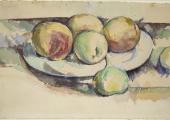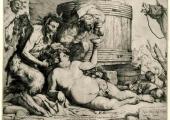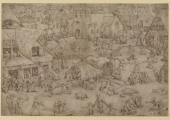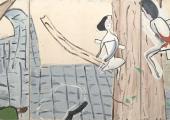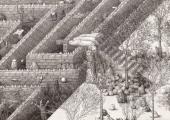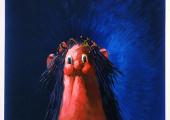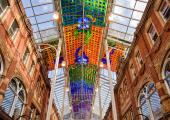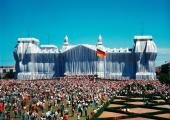Gallery: Derwent Art Prize
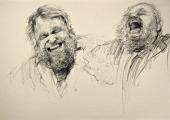
The inaugural prize for drawing celebrates the artist's most basic tool and provides a superb showcase
You can use a computer to draw, as Hockney does, every day on his iPad, yet, despite all the technological advances the 21st century has thrown our way, the pencil continues to be the artist’s most basic tool. And though there are those who lament, as they have done for decades, the “deskilling” of art, dismissing the art they don’t like or perhaps feel alienated by, drawing not only persists but remains fundamental: just as writers still write novels with plots to recreate the world filtered through their imaginations, artists still put pencil to paper to do the same.

